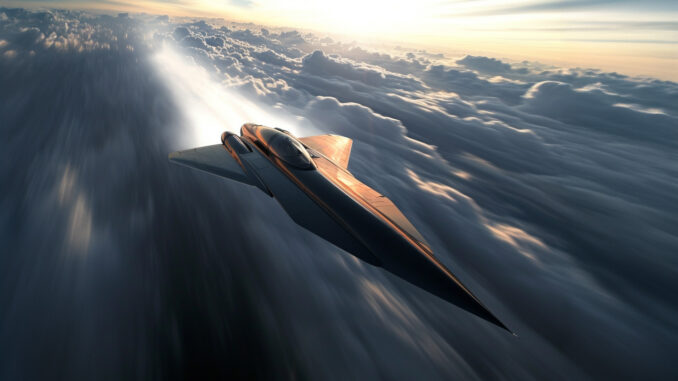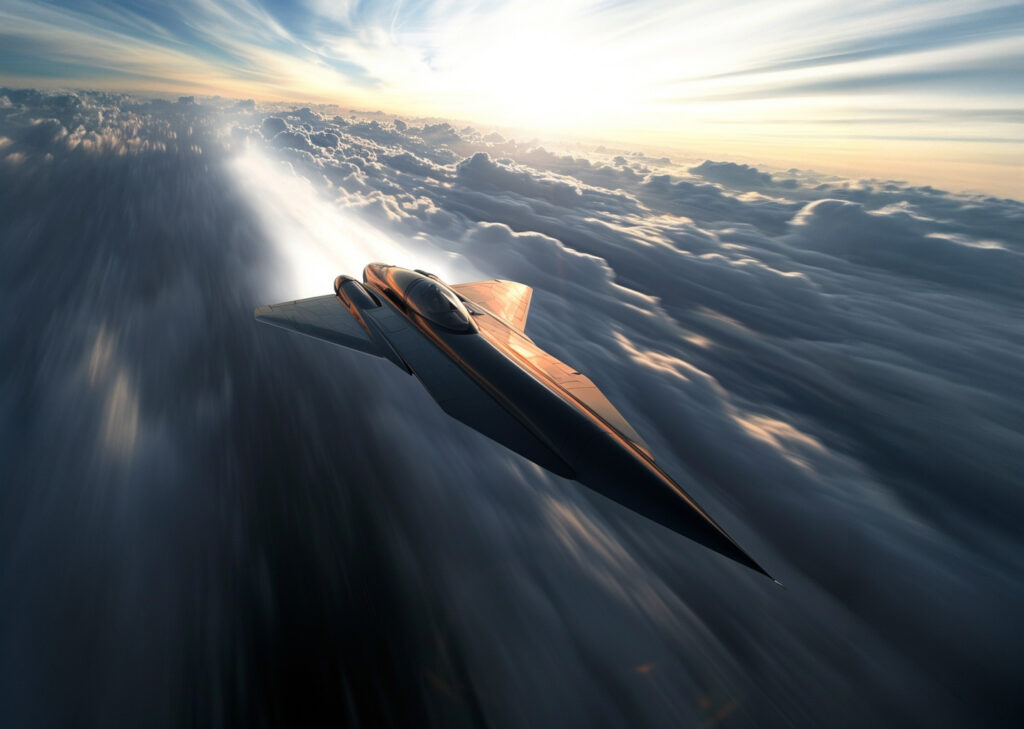
The United States and China are racing to develop the first 6th generation stealth fighter, incorporating advanced stealth, AI and weapons technologies.
Understand in 2 minutes
The competition between the United States and China to develop the first 6th generation stealth fighter is intensifying. Both countries are making rapid progress with flight demonstrators and cutting-edge technologies incorporating stealth, artificial intelligence and sophisticated weaponry. These fighters will be supersonic, stealthier and partially autonomous, capable of working with drones and carrying hypersonic missiles as well as precision laser weapons. The United States hopes to deploy its model by the end of the decade, while China is also making great strides.
Background and challenges in the race for 6th generation fighters
The development of 6th generation stealth fighters represents a major strategic challenge for the United States and China. These aircraft incorporate cutting-edge stealth, propulsion, sensor and weapons technologies, and are designed to dominate future battlefields. Expected features include high speed, low radar detectability, and autonomous and collaborative capabilities with unmanned aerial vehicles (UAVs).
Advances in this area are crucial to maintaining air superiority and responding to emerging threats. The competition between the two superpowers reflects not only military ambitions, but also national technological and industrial capabilities.
China’s progress and prospects
According to recent reports, China has made significant progress in the development of its 6th generation fighter. Military observers such as Rick Joe note that demonstrators have already flown, and an operational version of the aircraft is expected before the end of the decade. Renderings released by the People’s Liberation Army Air Force show a flying wing design with no tail or protruding vertical structures, similar to Western concepts.
Li Gang, a J-20 test pilot, confirmed that the next generation of Chinese fighters is at an advanced stage of development. These aircraft will incorporate innovative technologies in engines, sensors, computing and networking, as well as being capable of operating alongside collaborative combat drones.

Technological advances in 6th generation fighters
Both the US and Chinese 6th generation fighters will incorporate revolutionary technologies. They will be supersonic and stealthier, using advanced materials and aerodynamic designs to minimise their radar signature. Artificial intelligence will play a crucial role, enabling aircraft to analyse and transmit targeting data in real time, improving their operational effectiveness.
These aircraft will be armed with hypersonic missiles and precision lasers, capable of destroying targets with great accuracy. They will also feature sensor fusion systems, similar to those on the F-35, which combine data from multiple sensors to provide the pilot with a real-time picture of the situation.
Strategic implications and consequences
The race for 6th generation fighters has profound strategic implications. For the United States, the successful deployment of these aircraft would guarantee continued air superiority, deterring potential adversaries and strengthening international alliances. Air Force Secretary Frank Kendall has expressed confidence in the United States’ ability to deploy a 6th generation fighter by the end of the decade.
For China, the acquisition of this technology represents a significant step forward in its global military ambitions. By strengthening its air capabilities, China could challenge US dominance in the Asia-Pacific region and beyond. The rapid development of these technologies underlines the importance of innovation and continued investment in military research and development.
Comparing US and Chinese strategies
The US and Chinese strategies for developing 6th generation fighter jets have some notable similarities and differences. Both countries are investing heavily in research and development, drawing on cutting-edge technologies such as AI, advanced materials and hypersonic weapons. However, their approaches differ in terms of transparency and international collaboration.
The United States, for example, has a tradition of partnerships with its NATO allies, sharing technologies and information to strengthen collective defence. China, on the other hand, tends to develop its capabilities more autonomously, while exploiting its vast human and industrial resources to speed up the process.
Future prospects and global challenges
The future of the 6th generation fighter is rich in promise, but also in challenges. AI technology and the increased autonomy of combat systems raise questions about the ethical and operational management of these capabilities. The technology race between the United States and China could also lead to increased militarisation of airspace, increasing the risk of conflict.
Advances in this area are likely to have an impact on other technology sectors, including civilian applications of AI and aerospace. Investment in these technologies could stimulate innovation and economic growth, but will require appropriate regulation to prevent abuse and misuse.
The competition to develop the first 6th generation fighter between the United States and China marks a new era in military aeronautics. Emerging technologies will transform combat capabilities and influence global geopolitical dynamics. Success in this race will largely determine air supremacy for decades to come, with profound implications for international security and the balance of power.
War Wings Daily is an independant magazine.